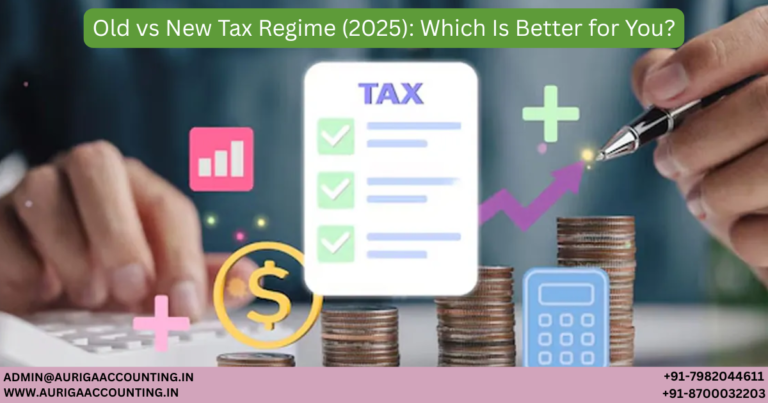Filing your Income Tax Return (ITR) accurately is crucial for salaried individuals to ensure compliance and avoid complications. Here are some common mistakes to watch out for when filing your ITR:
Incorrect Personal Information
Ensure that your name, PAN, Aadhaar number, address, email ID, and mobile number match the details in your PAN records. Even small discrepancies can delay the processing of your return or result in rejection.Choosing the Wrong ITR Form
One of the most frequent mistakes is selecting the wrong ITR form. It’s important to identify the correct form based on your income sources and tax filing requirements to avoid errors.Failure to Report All Sources of Income
Make sure to report all your income sources, including salary, interest income, capital gains, or income from any other sources. Double-check that your ITR aligns with your Form 16, Form 26AS, and the Annual Information Statement (AIS) to ensure accurate reporting.Not Claiming Eligible Deductions
Many salaried individuals overlook deductions available under sections like 80C, 80D, and 80TTA, which can help reduce taxable income. Be sure to claim all eligible deductions to minimize your tax liability.Late Filing or Non-Filing
Filing after the due date may result in penalties and interest, and it can also limit your ability to carry forward certain losses. Avoid the rush and file your return on time to stay compliant and avoid unnecessary costs













